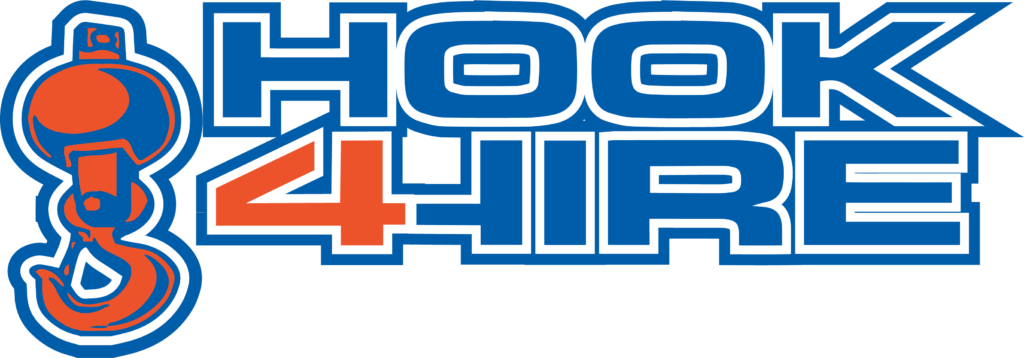Rigging equipment plays a critical role in the construction, maintenance, and manufacturing industries, as it aids in lifting and moving heavy loads. However, improper rigging can lead to catastrophic accidents, property damage, and loss of life. To ensure safe rigging practices, following certain rules and guidelines is crucial. In this blog, we will discuss five essential rules for safe rigging.
1. Inspection and Maintenance
Before using any rigging equipment, a thorough inspection should be conducted to identify any signs of wear, damage, or deformation. This includes checking for frayed wires, damaged hooks, loose connections, and worn-out slings. Equipment not passing inspection should be tagged and removed from service for repair or replacement.
Regular maintenance of rigging equipment is also crucial for ensuring safe operations. This includes lubricating moving parts, tightening bolts and connections, and replacing worn-out components. Implementing a preventive maintenance program can help identify potential issues before they become hazardous.
2. Proper Selection
Choosing the right rigging equipment is essential to ensure safe and efficient lifting operations. Factors to consider when selecting equipment include load weight, lift height, sling angles, and environmental conditions. The equipment should have a rated capacity that exceeds the weight of the load to be lifted.
Additionally, it is important to choose equipment made from appropriate materials to withstand harsh environments, such as synthetic slings for corrosive conditions or wire rope slings for high-temperature applications.
3. Load Control and Balance
Maintaining proper control of the load during lifting and moving operations is vital for safe rigging. This involves ensuring the load is correctly balanced and secured to prevent it from shifting or falling. The load’s center of gravity should be identified and positioned directly under the hook or lifting point.
Slings should be attached in a manner that evenly distributes the load’s weight and maintains a stable lifting position. Tag lines should be used to control the load during movement, particularly in windy conditions or when working at height.
4. Training and Competence
All personnel involved in rigging operations should be adequately trained and competent to perform their duties safely. This includes knowledge of equipment inspection, selection, and proper rigging techniques. Training should also cover hazard recognition, risk assessment, and emergency response procedures. Ongoing training and refresher courses should be provided to ensure riggers stay up-to-date with industry best practices and regulatory requirements.
5. Communication and Coordination
Effective communication and coordination among team members are crucial for successful rigging operations. This includes using clear, concise hand signals or radio communication to coordinate lift activities, such as raising, lowering, and moving the load.
A designated signal person should be assigned to direct the crane operator and riggers during the lift, ensuring that all team members know the lift plan and any potential hazards. Additionally, a pre-lift meeting should be held to discuss the lift plan, equipment requirements, and the roles and responsibilities of team members.
Conclusion
Following these five rules for safe rigging can significantly reduce the risk of accidents and ensure efficient lifting operations. This involves regularly inspecting and maintaining rigging equipment, selecting the appropriate equipment for the task, maintaining proper load control and balance, ensuring riggers are adequately trained and competent, and fostering effective communication and coordination among team members. By adhering to these guidelines, rigging operations can be conducted safely and efficiently, protecting both personnel and property.
Are you looking for rigging equipment in Owensboro? All your industrial maintenance, steel erection, road building, and HVAC work are an easy fix with Hook4Hire. No project is too big or small for us. Get in touch with us today!
